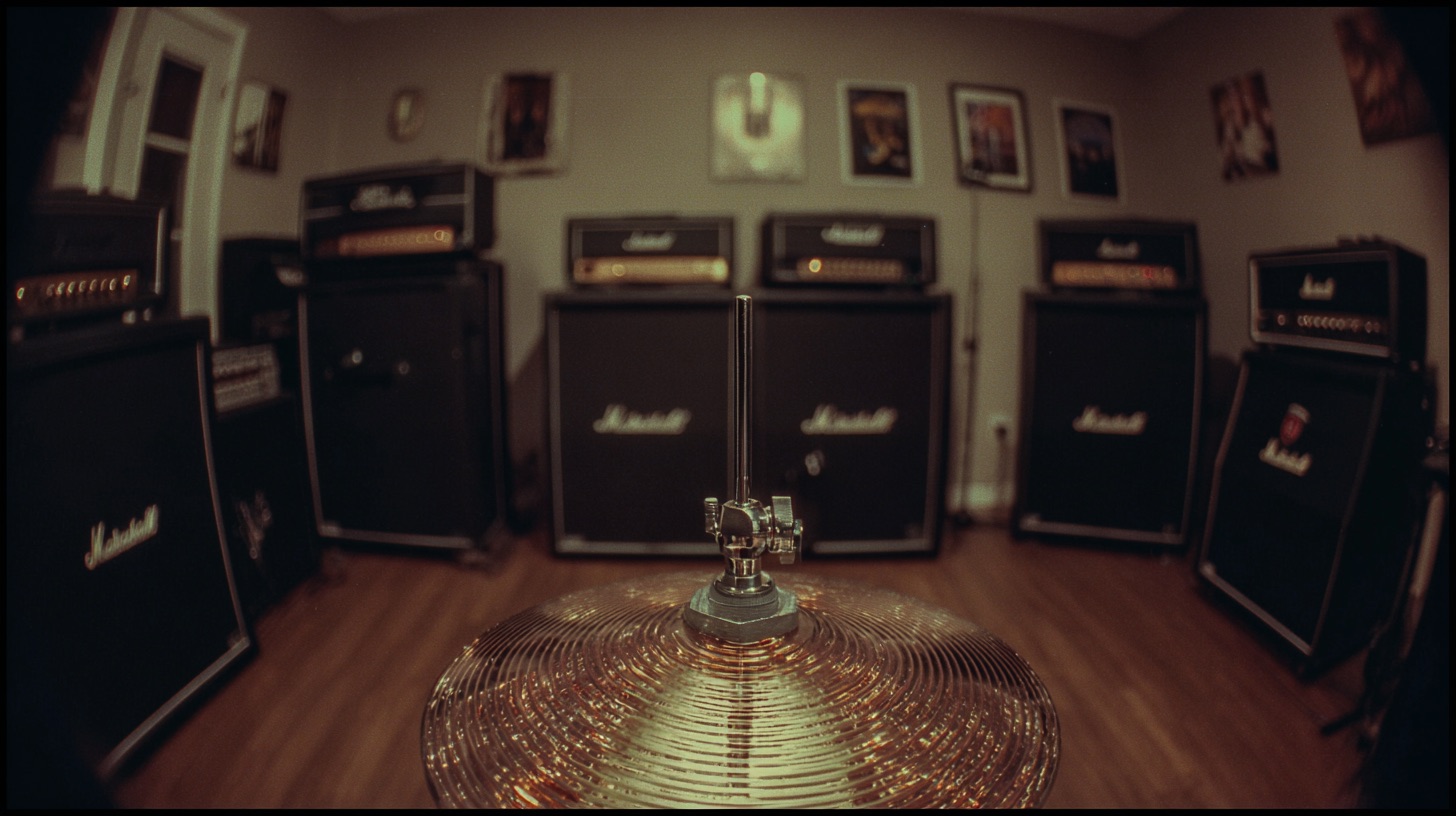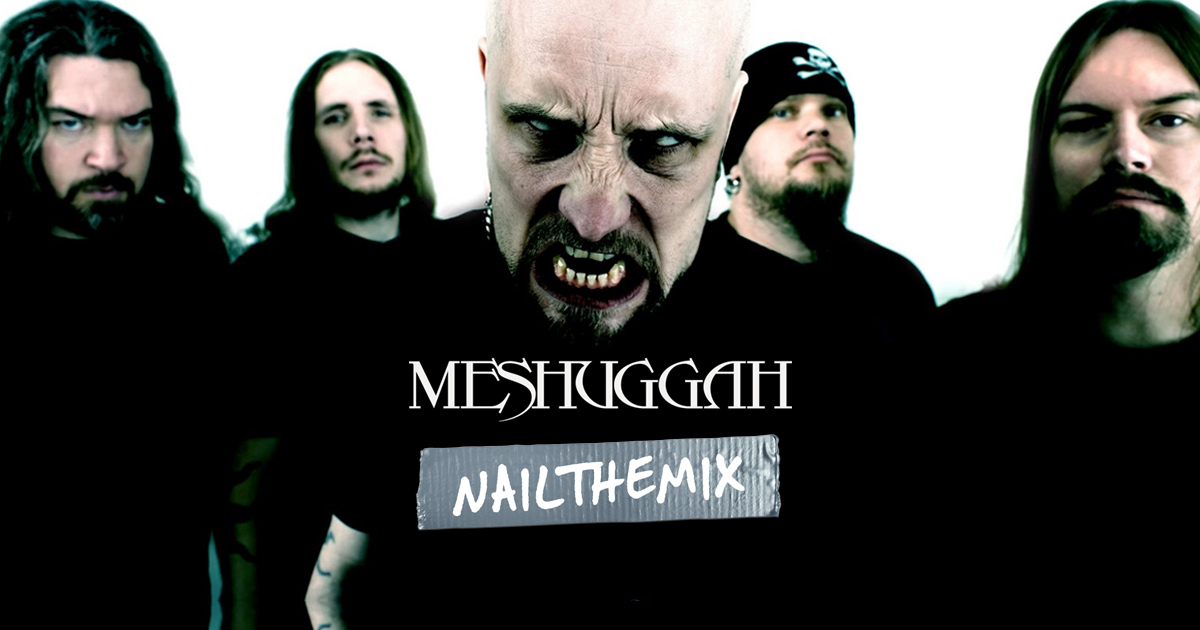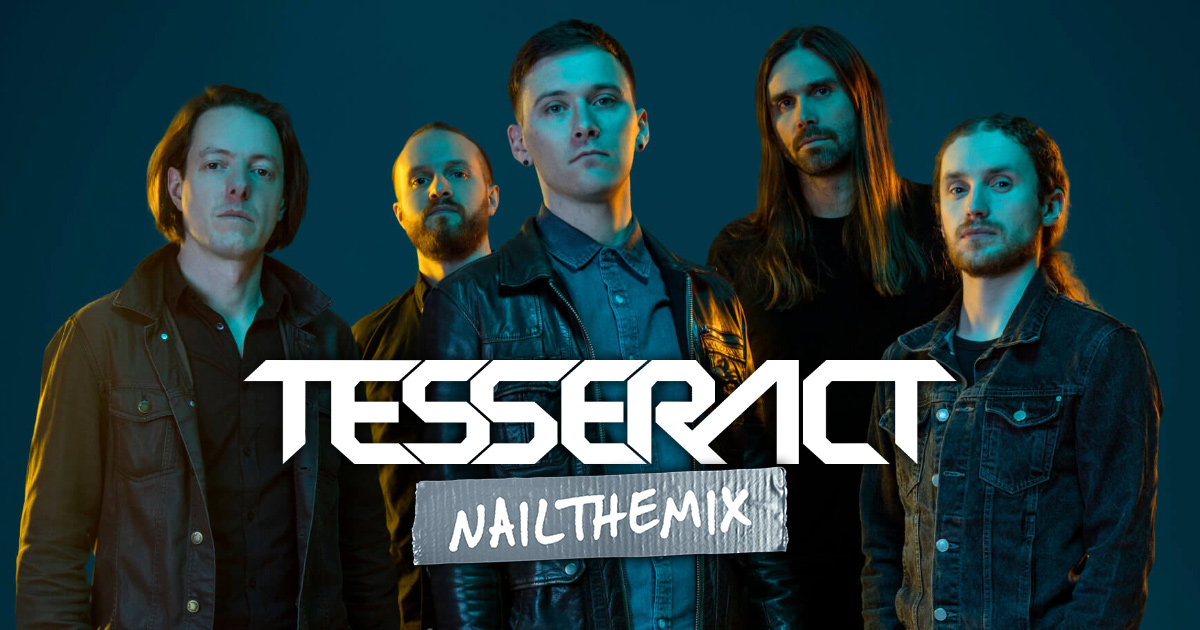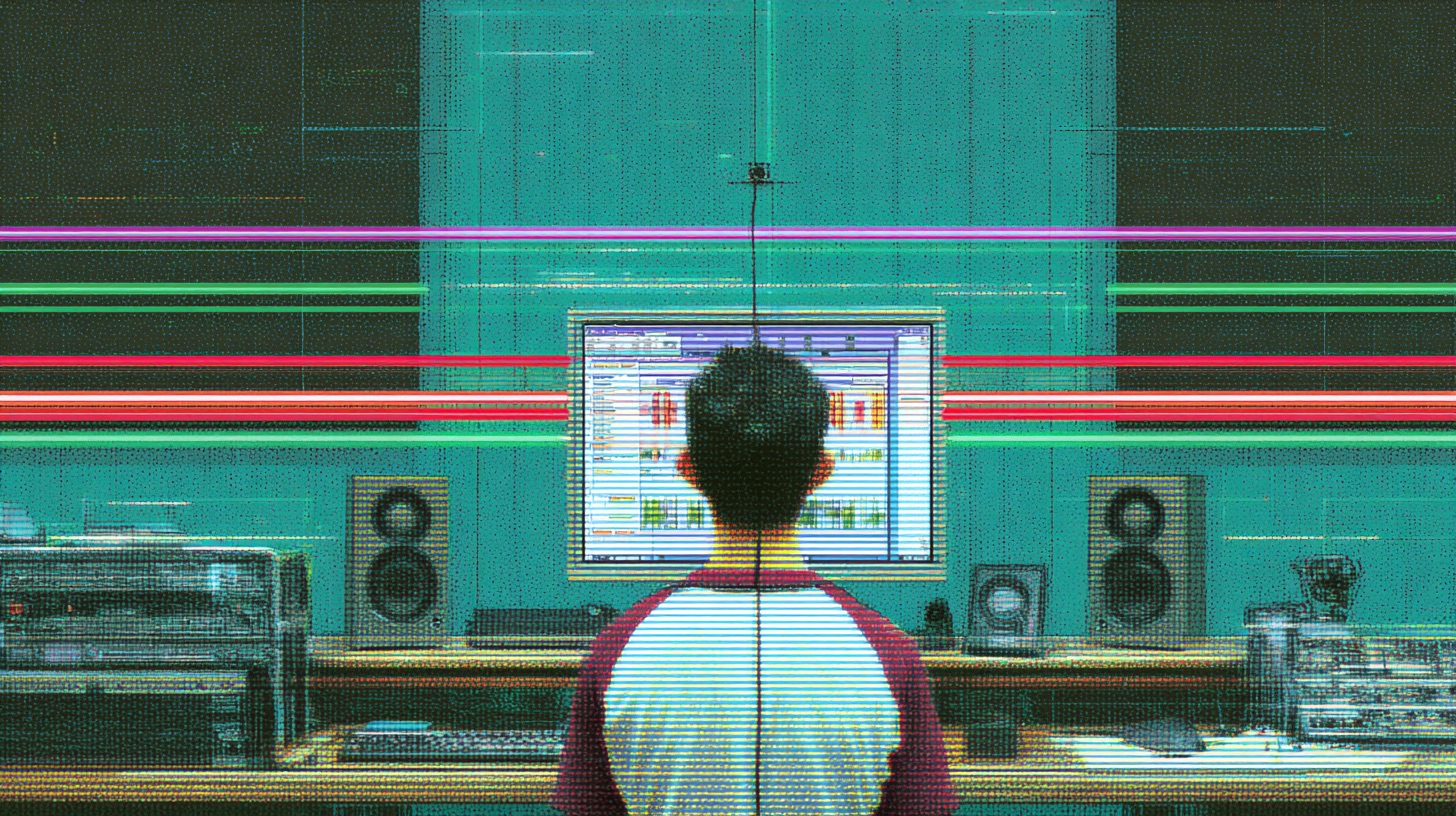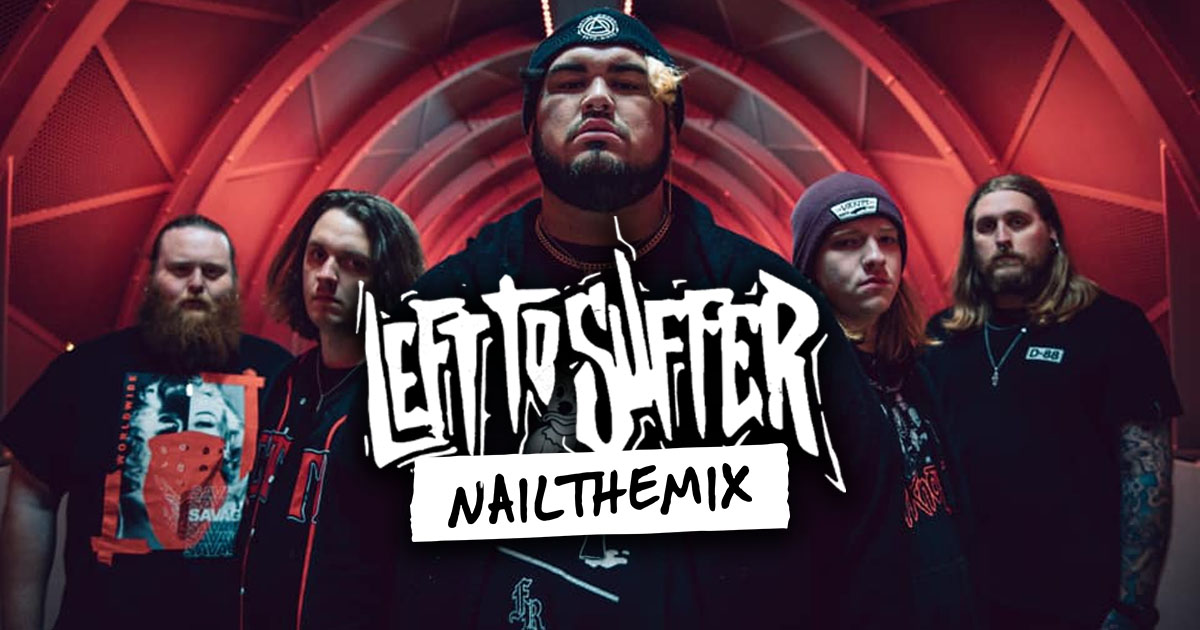
The best impulse responses for metal guitars
Nail The Mix Staff
Alright, let’s talk guitar cab impulse responses. If you’re chasing that killer metal guitar tone in the box, you’ve definitely waded into the world of IRs. But here’s a question that’s probably bugged you (it certainly bugged us!): are all IRs made equal? Do they all play nice with any amp sim or load box? The short answer? Nope. Not even close.
It turns out there’s a whole spectrum of IRs out there, and a lot of the time, manufacturers aren’t super clear about what you’re actually getting. This can lead to some serious head-scratching, wondering why that “V30 IR” you bought sounds nothing like you expected, or why it just doesn’t gel with your favorite amp sim. This isn’t just a minor detail; it can totally change your workflow and the final character of your guitars. So, let’s dive down this rabbit hole George Lever recently explored, talking with folks from ML Sound Lab, Jeff Dunn, Neural DSP, and Bogren Digital to get to the bottom of it.
The IR Spectrum: From Raw Room Tones to Mix-Ready Magic
Guitar cab IRs generally sit on a line, from “raw-as-it-gets” to “fully-cooked-and-ready-to-serve.”
What are “Raw” IRs?
Think of these as the purest starting point. A raw IR aims to capture the sound of a specific speaker in a specific cabinet, mic’d up with a specific microphone in a room – and that’s it. No extra EQ boosts or cuts, no added saturation, no fancy processing.
- Pros: Maximum flexibility. You’re in complete control of the EQ, saturation, and any other processing. It’s like having the real cab and mic in your DAW.
- Cons: They require more work. You’ll need to EQ them to fit your mix, and they might sound a bit plain or harsh on their own.
What are “Curated” (or Processed) IRs?
These IRs come with some (or a lot) of the work already done for you. The creators have often pre-EQ’d them, added some tasteful (or not-so-tasteful) saturation, maybe even some subtle compression-like effects from emulated power amp sag, and generally sculpted them to sound “good” or “mix-ready” right out of the box.
- Pros: Can sound fantastic immediately. Great for speed and getting ideas down quickly. Perfect if you find a curated IR that just works for your style.
- Cons: Less flexible. That pre-baked EQ and saturation can paint you into a corner. If it’s almost perfect but has too much fizz or not enough midrange bite for your specific track, you might be fighting against the processing that’s already there.
The real kicker? Many IR companies don’t clearly state where their IRs fall on this spectrum. This lack of transparency is what causes so much confusion and can lead to you spending money on IRs that aren’t suited to your workflow or your amp sim.
Putting IRs to the Test: An Experiment in Tone
To illustrate this, George Lever ran a simple but revealing test. The setup was straightforward, something many of us might use:
- Amp: A Marshall JCM head
- Load Box: A Suhr Reactive Load I.R. (to capture the amp’s true sound without a physical cab)
- Guitar: A Wylde Audio Telecaster with Bare Knuckle Mule pickups (classic PAF-style, so pretty “normal” sounding), tuned to Drop C.
- IRs: Four different IRs, all supposedly of a Celestion V30 speaker in a similar cab, captured with a Shure SM57-style mic. The key here is they represented different approaches from various manufacturers.
He played some chunky chords through each IR, first in solo, then in the context of a drum and bass backing track. Here’s the interesting part: the IRs were presented blind initially, and they got progressively more “curated” or “colored”:
- IR #1: The rawest sample. This is your baseline, “mic-on-cab” sound.
- IR #2: An IR by Jeff Dunne. These tend to be fairly unhyped but capture a distinct, usable character.
- IR #3: An IR from the Neural DSP Nolly Archetype plugin. Neural DSP is known for producing polished, often quite mix-ready tones.
- IR #4: The most colored/curated impulse in the test (likely something in the vein of a Bogren Digital IR, known for their very polished and powerful, mix-ready sounds).
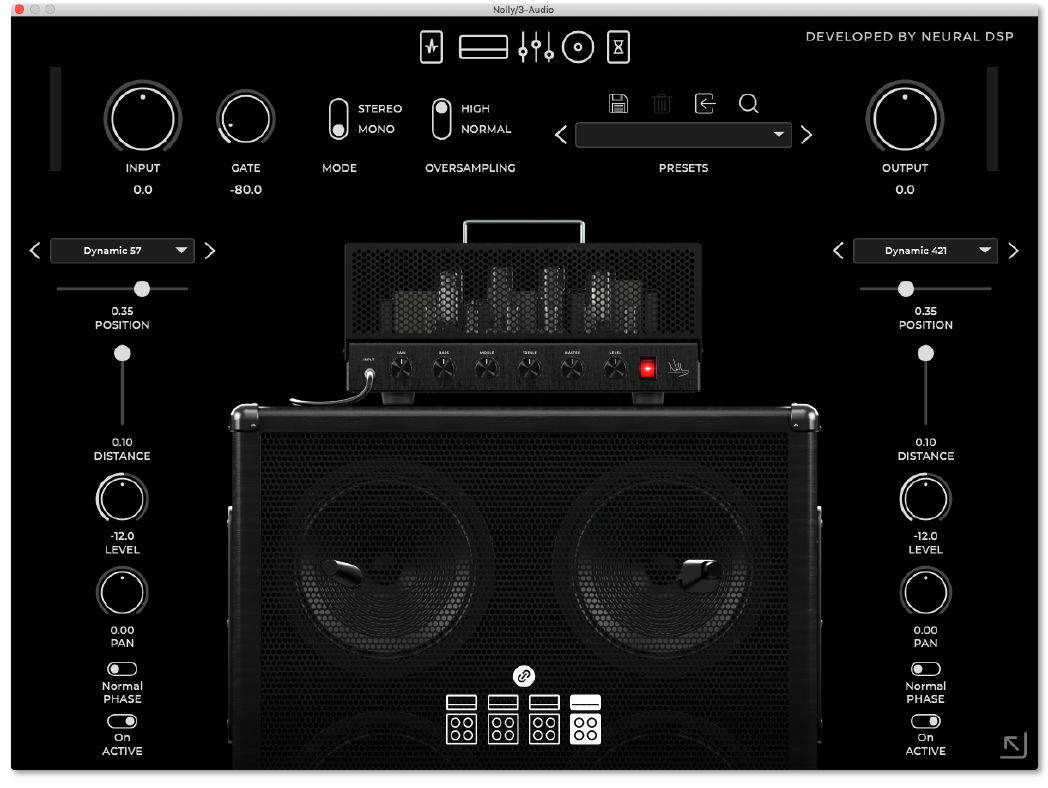
The Solo vs. Mix Revelation: Context is King
This is where it got really interesting.
In solo, preferences leaned towards IR #2 (Jeff Dunn) and IR #3 (Neural DSP Nolly). They had a pleasing character, a good balance without too much harshness. The Bogren Digital IR, for example, felt a bit too bright in solo.
But then, the backing track kicked in.
Suddenly, the preferences shifted. The IR that sounded a bit “too much” in solo (the brighter, more curated Bogren Digital) started to really shine and sit well in the dense mix. It just worked with less fuss. The “convenience” factor of the more curated IRs became undeniable. The perfectionist side might want the raw control of IR #1 or #2, but the pragmatic side, wanting to get a great sound quickly, started to gravitate towards the more processed options when hearing them in context.
This highlights a crucial point: always test IRs in the context of a mix! An IR that sounds amazing in solo might disappear or clash once the drums, bass, and vocals come in. Conversely, an IR that sounds a bit aggressive or “off” on its own might be exactly what the mix needs to cut through.
The “Family Sound” Phenomenon: Why Your V30 Isn’t MY V30
One of the biggest takeaways from this whole exploration, especially after chats with IR creators, is that a speaker designation like “V30” (Celestion Vintage 30) or a mic like “57” (Shure SM57) doesn’t guarantee a specific, identical sound.
Think of “V30” as a family sound.
- Manufacturing Variations: V30s made in different years can sound noticeably different. The cones change, materials evolve.
- Break-in Period: A brand new V30 sounds different from one that’s been blasted with high-gain amps for a few years.
- Cabinet Differences: The same speaker can sound different in various cabinet constructions.
- Mic Variations: The humble SM57 is notorious for having variations from mic to mic due to manufacturing tolerances.
So, when an IR pack says “V30 with an SM57,” it’s their V30, their SM57, in their cab, captured through their signal chain, with their philosophy on how “raw” or “curated” it should be. This was perplexing but also makes a lot of sense. It’s a bit like saying “Stratocaster” – there are tons of variations!
This means you can’t just assume any “V30 IR” will give you the exact V30 sound you have in your head from a specific album or your own physical cab.
So, How Do You Choose the Right IR for YOUR Workflow?
Navigating the IR landscape doesn’t have to be a nightmare. Here are some practical tips:
Understand Your Goal:
- Maximum Tweakability? If you love to sculpt your tone from the ground up with precise EQ moves and dial in your own saturation, lean towards raw or minimally processed IRs. Companies like ML Sound Lab often offer very natural, “unhyped” captures.
- Speed and Convenience? If you need great sounds fast for songwriting, demos, or even final mixes and don’t want to spend ages EQing, then well-crafted curated IRs from creators like Neural DSP or Bogren Digital can be lifesavers.
Listen Critically to Demos: When checking out IR demos, try to figure out if you’re hearing the raw IR or if it’s already been mixed and processed. A mixed demo shows you the potential, but a raw demo shows you the starting point.
Test in Context (Seriously!): As the experiment showed, an IR’s true character is revealed in a mix. Load it up with your drum and bass tracks before making a final judgment.
Consider Your Amp Sim/Load Box: Some IRs are designed with specific software or hardware in mind. While most should work universally, some highly curated IRs might be expecting a certain input signal from their paired amp sim, for example.
Don’t Fear “Processed” (But Understand It): If a curated IR sounds killer and fits your track, use it! There’s no shame in speed and convenience. Just be aware that if you need to make drastic tonal changes later, you might be fighting against its built-in character. A raw IR gives you more control over things like how much compression (or saturation acting like compression) you want to add later, rather than having it baked in.
Build a Diverse Collection: Over time, collect a range of IRs from different creators. You’ll start to learn which ones excel in different situations.
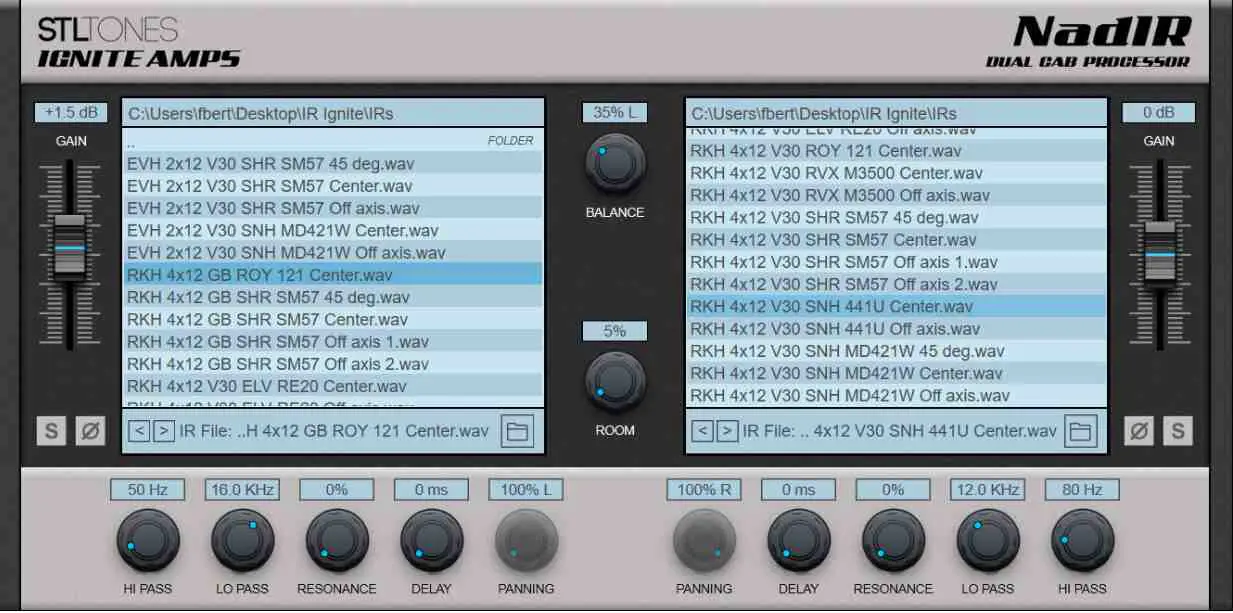
Nail Your Guitar Tones Every Time with Deeper Knowledge
Understanding the nuances of IRs – raw vs. curated, speaker variations, mic choices – is a massive step towards consistently crafting incredible guitar tones. It’s about knowing what tool to reach for and why. This is the kind of deep, practical knowledge that separates good mixes from truly professional ones.
Want to see how A-list producers make these decisions in real-time? At Nail The Mix, you get to be a fly on the wall as metal legends mix actual album tracks from scratch. They’re not just throwing on any old IR; they’re choosing specific ones for specific reasons, EQing them, blending them, and making them sit perfectly with killer drums and thundering bass. You get the multitracks, so you can apply these concepts yourself and experiment with different IRs on pro-level recordings. It’s about moving beyond presets and templates to truly understanding why certain sounds work.
The world of guitar cab IRs is vast and sometimes confusing, but hopefully, this sheds some light on why they differ and how you can find the ones that will make your guitar tones absolutely crush. Don’t be afraid to experiment, trust your ears (in context!), and keep learning.
Thornhill on Nail The Mix
George Lever mixes "Casanova" Get the SessionWhat are some of your go-to IRs, or what IR mistakes have you made along the way? We’ve all been there!
Thanks for sticking around. Now go make some killer guitar tones!
Get a new set of multi-tracks every month from a world-class artist, a livestream with the producer who mixed it, 100+ tutorials, our exclusive plugins and more
Get Started for $1
